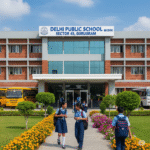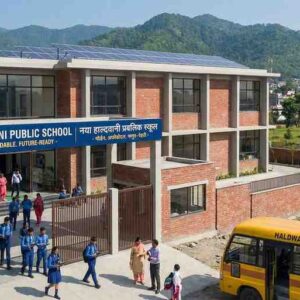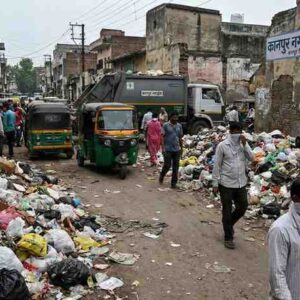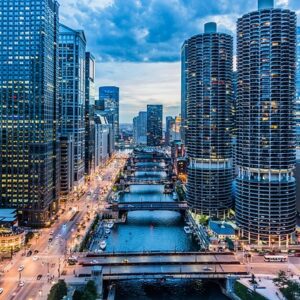Examining the Role of India’s Young Leaders and Political Movements in Shaping the Future
Key Highlights
- Emerging Leaders: India’s youth accounts for over 50% of the population, creating a demographic ripe for political leadership.
- Youth Wings on the Rise: Organizations like ABVP (Akhil Bharatiya Vidyarthi Parishad), NSUI (National Students’ Union of India), and DYFI (Democratic Youth Federation of India) are shaping the political ambitions of the next generation.
- Challenges and Opportunities: A 2025 Lokniti-CSDS study revealed that 64% of young Indians feel disconnected from traditional political structures, yet 71% believe they can bring meaningful change if given a chance.
Introduction
India, the world’s largest democracy, is experiencing a unique moment in its political evolution. With a median age of 28, the country’s youth are not just a voting bloc but also potential torchbearers of the nation’s governance. Yet, despite their numbers, representation of young leaders in politics remains limited. Are India’s political systems prepared to embrace a generational shift, and what role do youth organizations play in this transformation?
The Role of Youth Wings in Politics
1. Platforms for Political Engagement
Youth wings of political parties have historically served as entry points for young Indians aspiring to enter mainstream politics:
- ABVP: Affiliated with the Rashtriya Swayamsevak Sangh (RSS), ABVP has been influential in mobilizing students on issues like nationalism and education reform.
- NSUI: As the student wing of the Indian National Congress, NSUI focuses on social justice and inclusive policies, often acting as a counterbalance to ABVP.
- DYFI: The youth wing of the Communist Party of India (Marxist), DYFI emphasizes grassroots activism and economic equality.
These organizations have trained future leaders, including figures like Arun Jaitley, who started in ABVP, and Ashok Gehlot, a former NSUI member.
2. Youth Movements and Political Awakening
Beyond established organizations, recent youth-led movements highlight a growing appetite for political engagement:
- Anti-CAA Protests: Mobilized thousands of young Indians in 2019 and 2020, showcasing their willingness to challenge policies they perceive as unjust.
- Environmental Activism: Groups like Fridays for Future India demonstrate how young people are shaping political discourse on sustainability.
Challenges Facing Youth in Politics
1. Age Bias in Leadership
India’s political landscape is dominated by older leaders, with the average age of a Member of Parliament (MP) being over 55. This contrasts sharply with the country’s youthful demographics.
2. Lack of Policy Influence
While youth wings are active in mobilization, their influence on core policy-making within parent political parties remains limited.
3. Financial and Institutional Barriers
Entering politics often requires substantial financial backing and connections, which can deter young aspirants from non-political families.
Opportunities for a Generational Shift
1. Rising Youth Participation
- Electoral Influence: The 2024 general elections saw a record turnout among first-time voters, indicating growing political awareness.
- Grassroots Leadership: Local governance bodies, like Panchayati Raj institutions, are increasingly being led by young individuals.
2. Digital Activism
Social media platforms have given young leaders unprecedented tools to connect with constituents, amplify issues, and challenge traditional hierarchies.
3. Policy Reforms
- Youth Representation: Proposals for age quotas in legislatures aim to ensure greater inclusion of younger voices in governance.
- Leadership Training: Initiatives likeYoung Leaders Connectare equipping aspiring politicians with the skills needed to navigate complex political environments.
Conclusion
The question of whether India is ready for a generational shift in politics is not just about numbers; it is about readiness to embrace fresh ideas, energy, and perspectives. While youth wings like ABVP, NSUI, and DYFI provide pathways, structural and cultural barriers must be addressed to ensure meaningful participation. The nation’s future will depend on how effectively its young leaders can balance tradition with innovation, making politics a platform for progress rather than just power. With the right support, India’s youth have the potential to lead the way toward a more dynamic and inclusive democracy.












